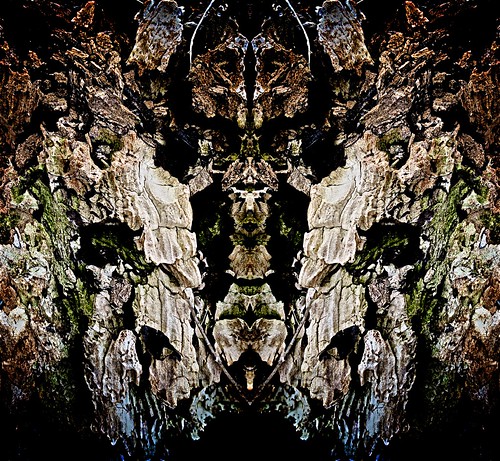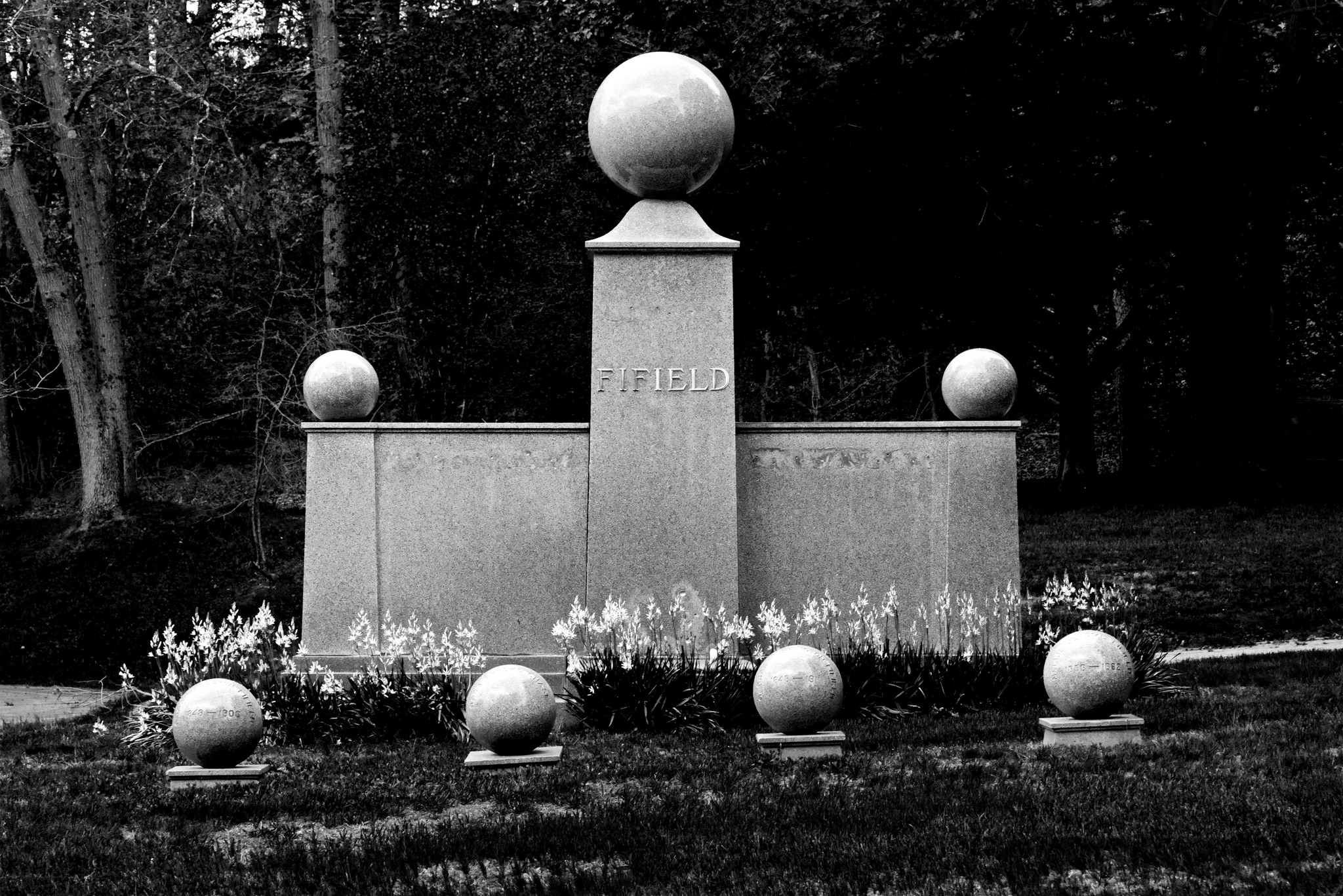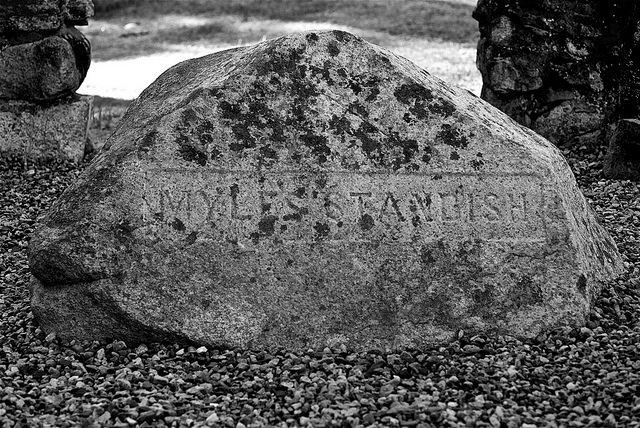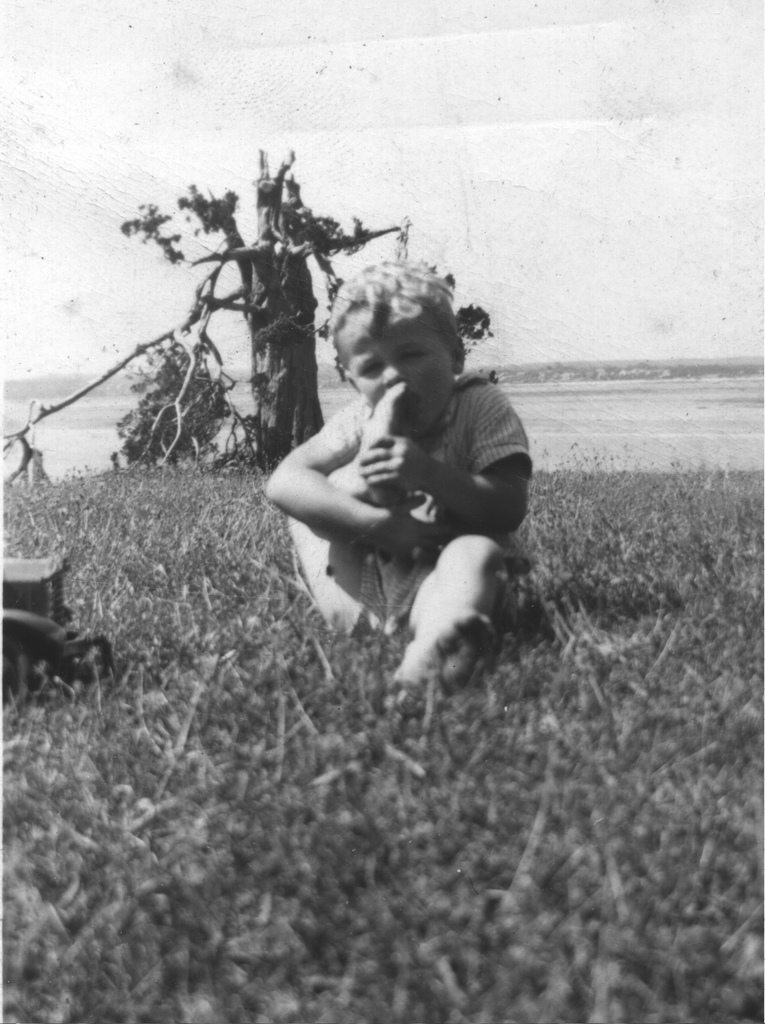I seem to be running into more and more instances of eloquent now-just-hold-on criticism of technological triumphalism, indeed seeing them wherever I turn: the finishing a few days ago of Adam Greenfield’s Radical Technologies: The Design of Everyday Life [really cheap ($2.51) as a Kindle ebook…], an article in The Guardian recently on the decline of retail jobs (End of the checkout line: the looming crisis for American cashiers), and then via my RSS feed from O’Reilly, Fredrik deBoer’s post Study of the Week: Of Course Virtual K-12 Schools Don’t Work. All of these have the same basic caveats about the smoke and mirrors of the digital world, and similar warnings about trafficking with the ogres who lurk behind the curtain.
Another instance, via long-form journalism in the [unfortunately paywalled] London Review of Books 17 August issue, is John Lanchester’s You Are The Product, which reviews three books (Wu’s The Attention Merchants, Garcia Martinez’ Chaos Monkeys, and Taplin’s Move Fast and Break Things), and is mostly concerned with the evolution of Facebook. An especially trenchant bit:
…even more than it is in the advertising business, Facebook is in the surveillance business. Facebook, in fact, is the biggest surveillance-based enterprise in the history of mankind. It knows far, far more about you than the most intrusive government has ever known about its citizens… its users don’t realise what it is the company does. What Facebook does is watch you, and then use what it knows about you and your behaviour to sell ads. I’m not sure there has ever been a more complete disconnect between what a company says it does – ‘connect’, ‘build communities’ – and the commercial reality.
My years as a librarian and early adopter of emergent technologies more or less ended when I retired in 2005, and I’ve been pretty choosy about entanglement with the subsequent social media silos—no Facebook, no Twitter, no Instagram. Flickr yes, because it offered an easy means to store and distribute photographic images (but one dreads what Verizon might do with the product). And I’ve been blogging since before instantiation of the term ‘blog’ (I called them ‘logfiles’ and used them to keep track of and distribute my various projects). I like to control and manage my own digital real estate, and pretty much everything I’ve done in the last 20+ years is tucked away somewhere at http://oook.info/, including the self-hosted WordPress blog in which I’ve been tracking my doings [somewhat fitfully] for 13+ years.
For me, the epiphanic enabling technology was hypertext, and I’m still back somewhere in the 90s in terms of my sophistication with html. Basic html has served me well as a means to construct and distribute documents, to who-knows-what audiences. And, fact is, I don’t really care much about the scale and scope of Audience; the stuff is out there to be discovered via Google and Internet Archive, and linkable by me whenever I want to pass something along to one of those like-minded others. I’m content to be little-known.
Which is a long way of saying that I want nothing to do with thefacebook, with its fatuous likes and insidious back-end data mining. I won’t claim consistency in re: the latter, since I’m happy for Amazon to send me stuff I want via Prime, and to bewilder Google with off-the-wall searches that they can’t possibly monetize. But for Facebook, it’s the Nancy Reagan option: Just Say No.




